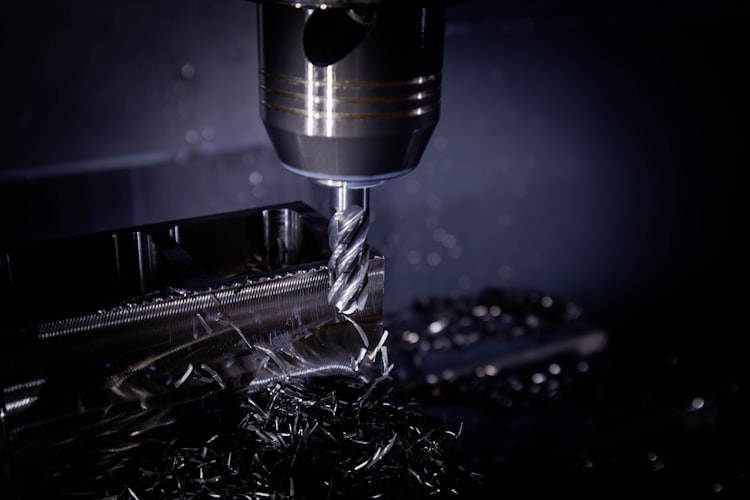When cutting steel sheets and aluminium, industry insiders assert that the laser is more accurate than plasma and waterjet systems. Besides, the waterjet machine system is way more practical than traditional methods because they consume less amount of energy.
Can’t make up your mind on what to use between waterjet cutting, plasma cutting, or laser cutting systems? Remember, each of these techniques cuts material differently, and each comes with its own array of pros and cons.
Decisions like this usually don’t come easily because there are a handful of things to take into account: the initial investment and recurring expenditures, the system’s effectiveness, and the effect it will have on your bottom line. Apart from that, there is the impact it will have on your staff.
A closer examination of each strategy uncovers some more information about the overall merits and drawbacks of each, allowing you to come up with an informed decision.

What is laser cutting?
It is all about getting things right and minimizing waste in laser cutting. The nozzle helps to concentrate the laser beam into a light pinpoint with the help of a curved lens that also boosts the compression of the gases. When laser cutting is concerned with material, it causes the substance to evaporate into gas, rendering laser cutting particularly useful for precision and intricate projects.
While it requires relatively minimal involvement of human hands, laser cutting equipment is mostly used for inspections, programming and maintenance. There are no injuries or mishaps due to frequent exposure to the laser, provided no direct contact is made.
A well-ventilated area is a must since emissions arising from laser cutting of different kinds of objects, such as plastics, could lead to the production of fumes that are both hazardous and poisonous.
The waterjet makes use of the same tools that are intended for cutting different kinds of objects, taking away the need to change cutting tools if there is a need to switch products. This system does, however, produce a high volume of cutting waste and requires a high level of clean up, compared to the laser.
The waterjet process requires the operator to make use of protective equipment, particularly ear protection, as waterjet machines tend to generate a considerable amount of noise pollution.
How Does the Waterjet Work?
Waterjet cutting is a cold cutting system and does not involve the use of heat. It cuts or slices through a material with an extremely high-pressure stream of water. To further intensify its cutting power, it can be coupled with an abrasive material, depending on the material you are working on.
Waterjet systems can cut virtually any material, including stainless steel, titanium, aluminium, ceramics, armour plate, tool steel, granite, and many more. It can precisely cut nearly any shape, leaving an edge quality that is smooth and burr-free.
In comparison to laser systems, this material cutting technology generates a huge amount of cutting debris and thus demands a high degree of clean-up afterwards.
Waterjet machine operators need to make use of ear protection. Such gears are necessary to use when working on a project as water jet cutting machine tend to create substantial noise. Therefore, some kind of protection to the ears is a must.
How Does Plasma Cutting Work?
An array of consumables work in unison to accomplish the plasma cutting operation. While the electrode carries the current, the nozzle concentrates the plasma while channelling the arc gas flow.
Swirl rings work by enabling gases to leave the rings at varying temperatures, therefore dissipating the electrode-generated heat. The whole system is contained inside shield caps and shields.
Plasma cutting necessitates minimal training for the operator and is straightforward to operate due to the absence of relatively complex modifications. Nevertheless, in addition to the high-intensity radiation produced by plasma, the heat stress generates considerable amounts of smoke and fumes brought about by the vaporizing metal. Thus, you need to have your workspace properly ventilated.
A plasma cutting system may be used to slice or cut through an array of metals, including aluminium, stainless steel, and copper. While it can manage to cut non-ferrous and ferrous metals, it will not work with non-conductive objects like plastic or wood.
Plasma cutting systems are faster when placed alongside laser cutting technology for thicknesses greater than 3mm. Nevertheless, a small downside to this technique is that plasma runs the risk of leaving a 4-6 degree cut edge bevel, which is more perceptible on bigger items.
The waterjet can cut almost anything; granite, aluminium, stainless steel, titanium, ceramics, armour plate, tool steel, and materials that are sensitive to high temperatures. It can cut almost any shape with precision, creating a uniform and burr-free edge.

